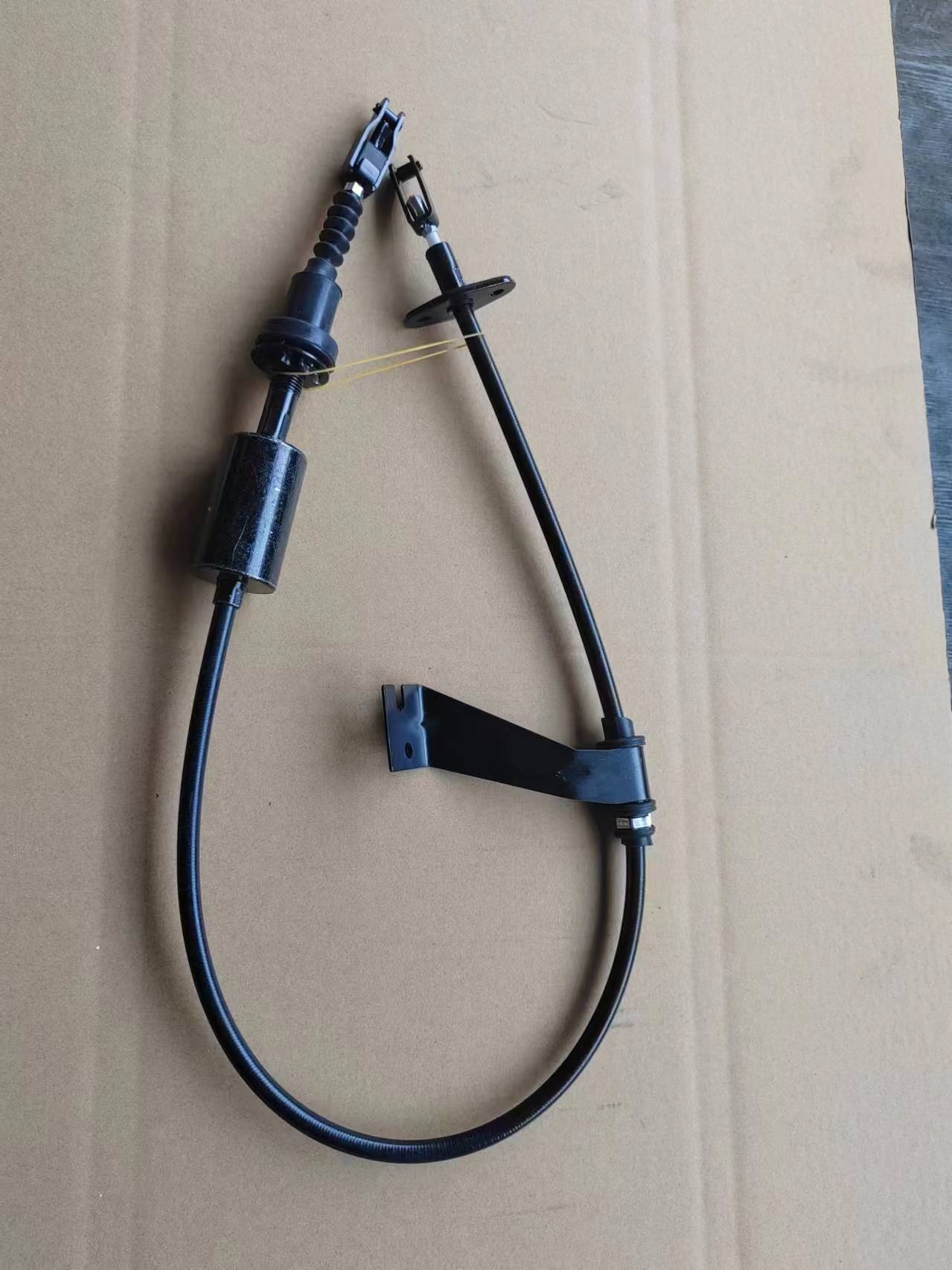Understanding the Importance and Functionality of Clutch Hose Pipes in Automotive Systems
Understanding Clutch Hose Pipes An Essential Component in Automotive Systems
When it comes to automotive engineering, many components work harmoniously to ensure a vehicle operates smoothly and efficiently. Among these components, the clutch hose pipe plays a critical yet often overlooked role in the overall performance of manual transmission systems. This article delves into the function, importance, and maintenance of clutch hose pipes, shedding light on this vital automotive element.
What is a Clutch Hose Pipe?
The clutch hose pipe is a flexible conduit that connects the clutch master cylinder to the clutch slave cylinder. Its primary function is to transmit hydraulic fluid under pressure from the master cylinder, which is activated by the driver’s foot on the clutch pedal, to the slave cylinder. The slave cylinder then actuates the clutch mechanism, allowing the driver to change gears effortlessly. Typically constructed from rubber or a durable synthetic material, the clutch hose pipe is designed to withstand high pressures and temperatures associated with vehicle operation.
Importance of Clutch Hose Pipes
1. Fluid Transfer The clutch hose pipe is essential for transferring hydraulic fluid, which facilitates the smooth operation of the clutch system. When the driver presses the clutch pedal, the master cylinder generates pressure that travels through the hose pipe to the slave cylinder, disengaging the clutch. Without a properly functioning clutch hose, this essential process would fail, making gear changes impossible.
2. Prevention of Contamination A high-quality clutch hose pipe helps prevent contamination of the hydraulic fluid. If the hose deteriorates or develops leaks, dirt and moisture can enter the system, leading to corrosion and malfunction of other components. Ensuring the integrity of the clutch hose pipe is thus crucial for the longevity of the clutch system as a whole.
3. Safety and Performance A malfunctioning clutch hose can result in immediate safety hazards, including the loss of control of the vehicle. A ruptured hose may lead to a complete loss of hydraulic pressure, rendering the clutch inoperable. Regular inspections of the clutch hose pipe can prevent such catastrophic failures, ensuring that the vehicle remains safe and responsive.
clutch hose pipe

Maintenance of Clutch Hose Pipes
Maintaining the clutch hose pipe is an essential aspect of vehicle upkeep. Here are some key practices to ensure its longevity and performance
- Regular Inspections Vehicle owners should inspect their clutch hoses regularly for signs of wear and tear, such as cracks, bulges, or leaks. These symptoms can indicate that the hose is failing and may need replacement.
- Fluid Checks Checking the hydraulic fluid level is equally important. If the fluid is low or contaminated, it may affect the performance of the clutch system. Fluid should be clear and free from debris; cloudy or dark fluid can indicate contamination.
- Professional Servicing It is advisable to have clutch systems, including the hose pipe, serviced by professionals at regular intervals or whenever other transmission components are checked. They can provide a thorough examination and replace components as necessary.
Conclusion
The clutch hose pipe, though often understated, plays a pivotal role in the functioning of a vehicle’s clutch system. By effectively transferring hydraulic fluid, it facilitates smooth gear shifts and contributes to overall vehicle safety. Regular maintenance and inspections can prevent possible failures, ensuring that driving remains a seamless experience. As automotive technology evolves, the clutch hose pipe will continue to be a crucial component in ensuring vehicles operate at their best, underscoring the importance of attention to detail in automotive care.
-
Workings of Clutch Pipe and Hose SystemsNewsJun.04,2025
-
The Inner Workings of Hand Brake Cable SystemsNewsJun.04,2025
-
The Secrets of Throttle and Accelerator CablesNewsJun.04,2025
-
The Hidden Lifeline of Your Transmission Gear Shift CablesNewsJun.04,2025
-
Demystifying Gear Cables and Shift LinkagesNewsJun.04,2025
-
Decoding Clutch Line Systems A Comprehensive GuideNewsJun.04,2025
